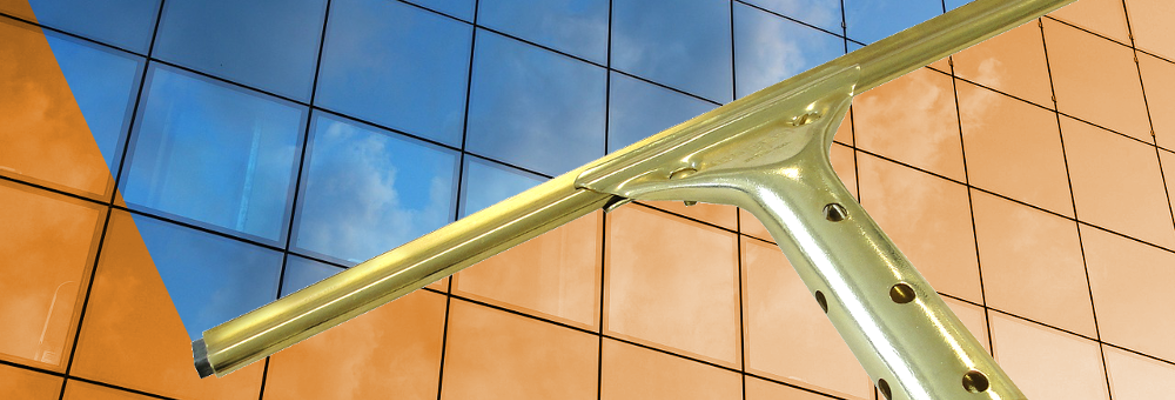We talked about hydrophobic and hydrophilic glass earlier in the week, but there are several other basic terms you should know in pure water technology.
Take notes; there will be a quiz later.
1. Filters – Of course, you realize that, in order to achieve pure water, you need to filter out the “stuff”. Most quality systems have both sediment and carbon filters to do this job. FLushing the system out after a day’s work helps keep them clean, but they will need to be replaced on a regular basis.
2. TDS – This is the “stuff” that you want to filter out, Total Dissolved Solids. Your initial reading when you check the quality of water with a TDS meter will vary greatly, depending on what part of the country and whether it is city or well water.
3. PPM – Parts per million. This one is pretty self-explanatory. The reading that you get will tell you how many total dissolved solids you have in parts per million.
4. RO – This stands for reverse osmosis, which is a filtration process involving an RO membrane. The goal of the membrane is to filter out the bulk of the total dissolved solids in the water purification process.
5. DI – Dionization is another process that the water goes through to reduce the reading to as close to zero as possible. Resin beads filter out the remaining total dissolved solids and you are left with pure water to clean windows with.
The whole reason this type of system works is because the water is 99.99% pure and, as such, will not spot on the glass. Just wet, scrub and rinse. No squeegeeing, no drying. AND, no spots, drips or streaks. Call us to see one in action today.


